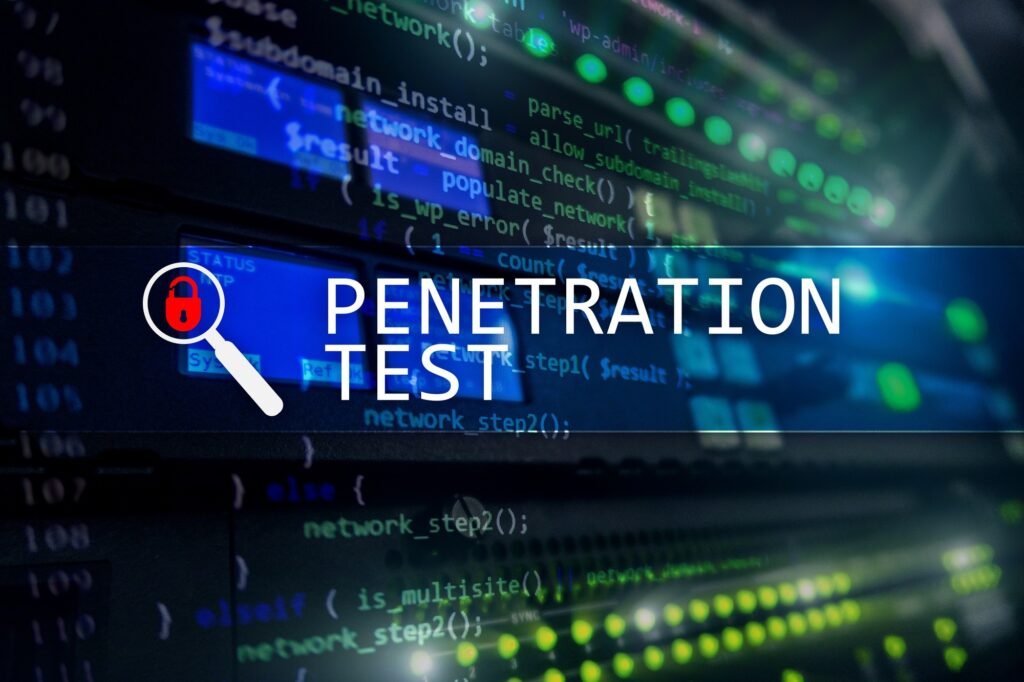The aftermath of a penetration test (pentest) demands a clear and concise communication of the test’s findings and results. This crucial step ensures that vulnerabilities are understood, prioritized, and addressed effectively. A well-crafted report empowers security teams, managers, and decision-makers to bolster their security posture. This guide will walk you through the process of writing an effective report post-pentest and address frequently asked questions (FAQs).
1. Purpose and Target Audience of the Report
- Purpose: The report comprehensively presents the findings, vulnerabilities, and recommendations of the conducted penetration test. Its primary goal is to convey the current security state to readers in an understandable manner and guide them towards enhancement.
- Target Audience:
- Security Experts
- IT Managers
- Operations Team
- Executive Decision-Makers
2. Structuring Your Report for Clarity
I. Executive Summary
- Brief Overview: Concise summary of the test (approx. 1-2 pages).
- Key Findings: Highlight critical vulnerabilities.
- Recommendations: Overview of proposed security enhancements.
II. Methodology and Scope
- Testing Approach: Explain the types of tests conducted (e.g., black, white, or grey box).
- Scope Definition: Clearly outline the tested systems, networks, or applications.
III. Vulnerabilities and Findings
- Detailed Analysis: Break down each vulnerability with:
- CVE Identification (if applicable)
- Risk Level (High, Medium, Low)
- Exploitation Scenario
- Evidence/Proof of Concept
- Priority Matrix: Visual aid (e.g., table or heatmap) to prioritize fixes based on risk and impact.
IV. Recommendations and Mitigations
- Step-by-Step Solutions: For each vulnerability, provide:
- Immediate Fixes (if applicable)
- Long-Term Solutions
- Additional Security Measures
- Resource Allocation Guidance: Suggest personnel, budget, and timeframe for implementation.
V. Conclusion and Next Steps
- Summary of Key Takeaways
- Scheduled Follow-Up Test (if planned)
3. Best Practices for Effective Reporting
- Use Layman’s Terms: Ensure non-technical stakeholders understand the report.
- Include Visual Aids: Diagrams, charts, and screenshots enhance comprehension.
- Provide Actionable Items: Clear, step-by-step recommendations.
- Maintain Confidentiality: Ensure the report’s security, especially when discussing sensitive vulnerabilities.
Crafting an effective post-penetration testing report is pivotal for translating complex security findings into actionable insights. By following this guide, you’ll be well on your way to creating reports that not only inform but also empower your organization to fortify its defenses against evolving cyber threats.
Frequently Asked Questions (FAQs)
Ideally, within 3-5 business days, allowing for thorough analysis and drafting.
Generally, no, due to sensitive information. However, a sanitized version might be shared with trusted external partners or auditors, if necessary.
Still generate a report to document the test’s scope, methodology, and conclusion. Highlight the positive aspect of your current security posture and suggest proactive security enhancements.
While tools can provide vulnerability scans and initial reports, a comprehensive, actionable pentest report typically requires human analysis and interpretation to ensure it meets the needs of all stakeholders.

